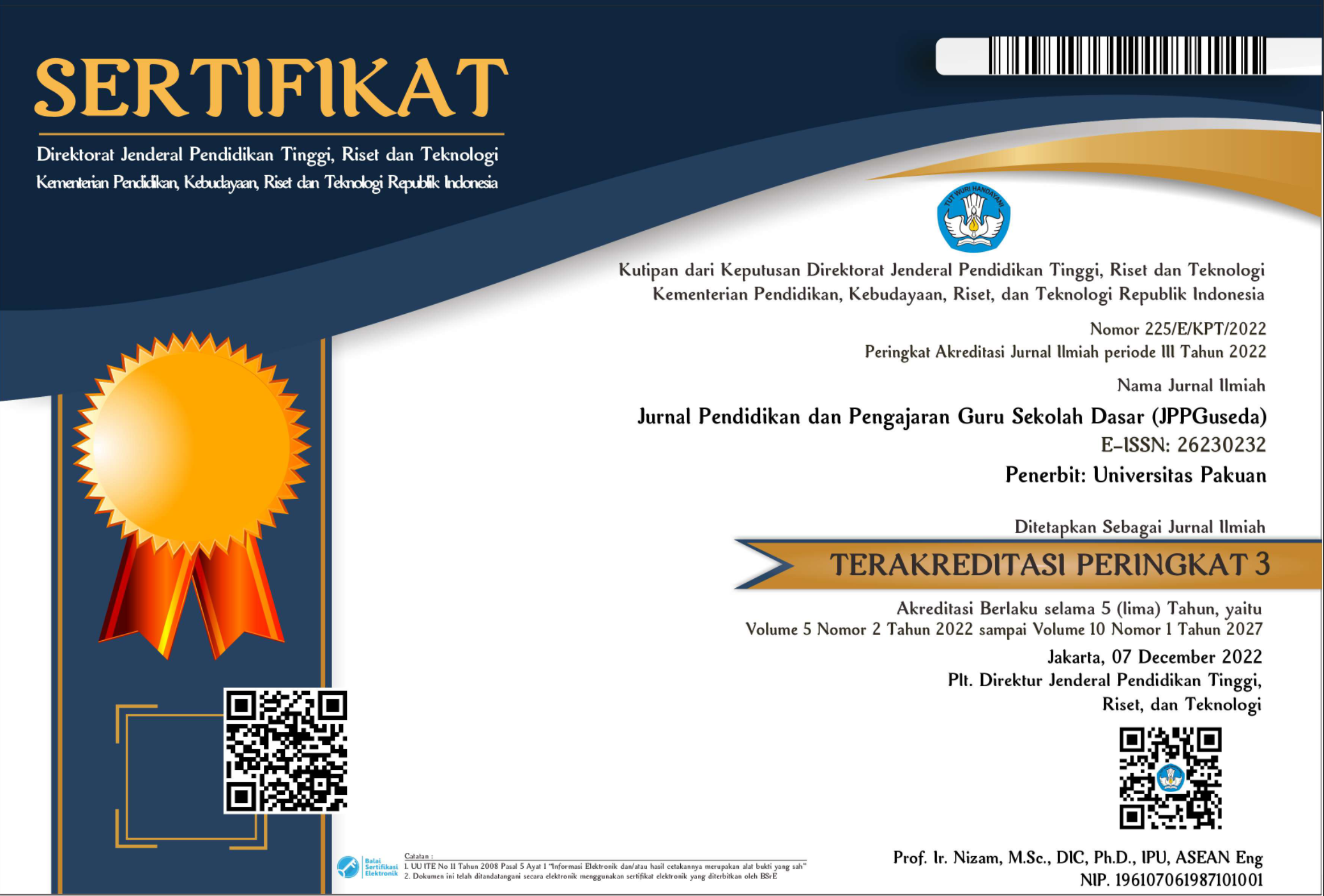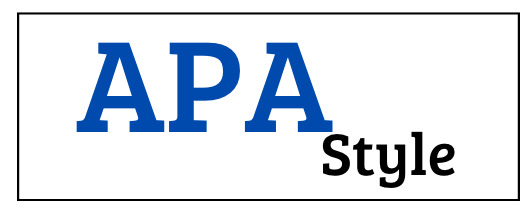THE EFFECT OF LEARNING MODELS (TPS, TPSq, CONVENSIONAL) AND STUDENTS' TAHSIN ABILITY ON PAI LEARNING OUTCOMES
Abstract
Keywords
References
N. Nasiri, “Urgensi Pendidikan Agama Islam di Era Globalisasi,” J. Keislam., vol. 3, no. 1, pp. 54–71, 2020.
S. Hidayatulloh, “Penggunaan Model Pembelajaran Cooperative Script dalam Pembelajaran Pendidikan Agama Islam Siswa Kelas X SMA Riyadul Jannah, Ciseeng, Bogor,” Inspiratif Pendidik., vol. 10, no. 2, pp. 188–198, 2021.
T. Noor, “Rumusan Tujuan Pendidikan Nasional Sasal 3 Undang-undang Sistem Pendidikan Nasional No 20 Tahun 2003,” Wahana Karya Ilm. Pendidik., vol. 2, no. 1, 2018.
A. Saifudin, N. Nafisatuzzahro, L. Lestariningsih, N. Hatyuni, and U. Nahdiyah, “Pendampingan Penggunaan Metode Usmani dalam Meningkatkan Kemampuan Membaca Al-Quran dengan Melalui Halaqoh Mu’alimil Qur’an (HMQ) di TPQ Tarbiyatul Athfal Sumberasri,” Maslahat J. Pengabdi. Kpd. Masy., vol. 3, no. 1, pp. 1–5, 2022.
H. Sugilar, U. Dedih, C. Anwar, and W. Darmalaksana, “Analisis Kemampuan Tahsin dan Tahfizh Mahasiswa Matematika, Ilmu Pengetahuan Alam (MIPA) dan Pendidikan Agama Islam (PAI),” Atthulab Islam. Relig. Teach. Learn. J., vol. 5, no. 1, pp. 1–12, 2020, doi: 10.15575/ath.v5i1.7244.
F. Arianto, “Pengaruh Penerapan Model Pembelajaran Kooperatif Tipe Think Pair Share (TPS) terhadap Prestasi Belajar Pendidikan Agama Islam,” GUAU J. Pendidik. Profesi Guru Agama Islam, vol. 2, no. 1, pp. 193–206, 2022.
S. Sulaiman, “Penerapan Model Pembelajaran Cooperative Learning Tipe Think Pair-Share untuk Meningkatkan Prestasi Belajar Peserta Didik Bidang Studi Pendidikan Agama Islam (PAI) Kelas V SDN 001 Pasir Kelampaian, Kec. Sungai Lala, Kab. Indragiri Hulu,” J. Pendidik. Tambusai, vol. 7, no. 1, pp. 1153–1160, 2023.
I. N. Asdiwinata, A. I. D. H. Yundari, and N. L. G. I. Saraswati, “Motivasi Belajar Mahasiswa Keperawatan Kritis Menggunakan Metode Pembelajaran Kooperatif Tipe Think Pair Square (TPS),” Bali Med. J., vol. 8, no. 1, pp. 64–71, 2021.
V. R. Kamil, D. Arief, Y. Miaz, and R. Rifma, “Pengaruh Penggunaan Model Pembelajaran Kooperatif Tipe Think Pair Share terhadap Motivasi dan Hasil Belajar SIsq Kelas VI,” J. Basicedu, vol. 5, no. 6, pp. 6025–6033, 2021.
C. V. Sumarsya and S. Ahmad, “Think Pair Share sebagai Model untuk Meningkatkan Motivasi Peserta Didik dalam Pembelajaran,” J. Pendidik. Tambusai, vol. 4, no. 2, pp. 1374–1387, 2020.
M. S. Antika, L. Andriani, and R. Revita, “Pengaruh Penerapan Model Pembelajaran Kooperatif Tipe Think Pair Square terhadap Kemampuan Pemahaman Konsep Matematis Ditinjau dari Kemampuan Awal Matematika Siswa SMP,” Juring J. Res. Math. Learn., vol. 2, no. 2, pp. 118–129, 2019.
S. Subedi, J. A. Dahlan, and S. P. Dewanto, “Dan Pengaruhnya terhadap Self Concept Siswa Sekolah Menengah Pertama dengan Model Pembelajaran Kemp Berbasis Think Pair Square,” Sigma Didakt. J. Pendidik. Mat., vol. 4, no. 1, pp. 82–106, 2015.
M. D. Wanti, S. Wati, M. Kamal, and A. Afrinaldi, “Penerapan Model Pembelajaran Kooperatif Learning Tipe Jigsaw oleh Guru PAI di SMK Negeri 1 Koto Baru Dharmasraya,” JUBPI J. Bintang Pendidik. Indones., vol. 1, no. 1, pp. 158–171, 2023.
DOI: 10.55215/jppguseda.v6i2.8288
 Abstract views : 426
Abstract views : 426
Refbacks
- There are currently no refbacks.
Copyright (c) 2023 Jurnal Pendidikan dan Pengajaran Guru Sekolah Dasar (JPPGuseda)

This work is licensed under a Creative Commons Attribution-NonCommercial 4.0 International License.




















